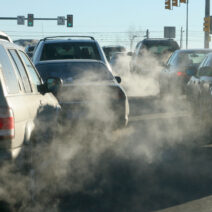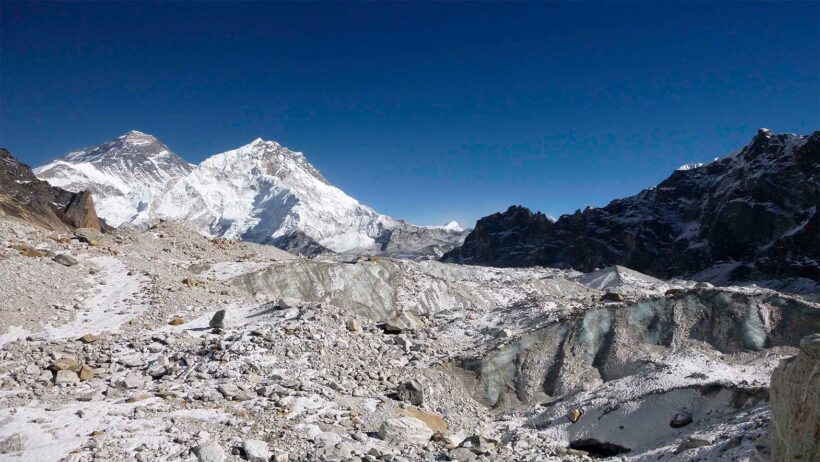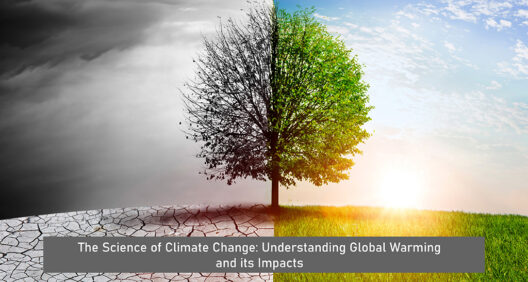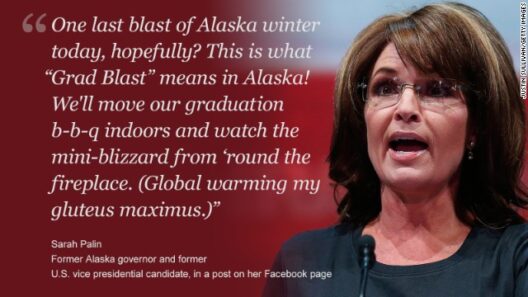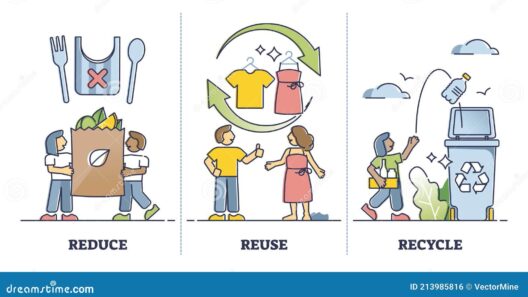As the climate crisis intensifies, our planet’s glaciers serve as an indicator of the rapid changes occurring within our environment. These colossal ice bodies, which have existed for thousands of years, are now revealing a stark reality: they are melting faster than we ever anticipated. This phenomenon is not merely a distant concern for future generations; it is an urgent issue that affects ecosystems, sea levels, and weather patterns today.
To fathom the impact of glacier melt, we must first understand their significance. Glaciers encompass about 10% of the Earth’s land surface. They act as massive freshwater reservoirs, storing approximately 69% of the world’s fresh water. As climates warm, glaciers shed their ice more rapidly, contributing to rising sea levels that threaten coastal communities around the globe. This goes beyond a mere rise in water; with it comes the potential for catastrophic flooding, cyclonic storms, and even the displacement of populations.
Recent research indicates that many glaciers are not just succumbing to melting; they are doing so at an unprecedented pace. For example, scientists have postulated that the vast ice sheets of Antarctica and Greenland are losing ice at rates significantly higher than previously modeled. The ice loss is not merely a matter of quantity but also of timing. Observations have revealed that the speed of ice discharge into the oceans is accelerating, a situation exacerbated by warmer ocean waters eroding glacier tongues from below.
This accelerated melting raises crucial questions: Why are glaciers melting faster than we think? One primary reason lies in the feedback mechanisms that occur when glacial ice meets warmer air and water. As glaciers recede, they expose darker land or ocean surfaces that absorb more solar radiation, further accelerating melt—an effect known as albedo feedback. Additionally, the increasing concentration of greenhouse gases in the atmosphere has led to higher global temperatures, creating conditions that lead to more rapid ice loss.
The ramifications of glacial retreat extend into the ecosystems that flourish in and around these icy realms. Many animal species depend on glacial environments for habitat and sustenance. For instance, polar bears utilize the ice to hunt seals, while unique freshwater ecosystems are intricately tied to glacial meltwater. As these glaciers vanish, not only are the physical landscapes reshaped, but species are forced to adapt, migrate, or face extinction.
Economically, the impact of melting glaciers is profound. Communities that rely on glacial meltwater for agriculture face dire consequences as water supplies dwindle. Farmers in regions such as the Himalayas and the Andes may find that their irrigation sources are severely affected by fluctuating water levels, leading to crop failures and food insecurity. On a broader scale, industries that depend on the natural beauty of glaciated landscapes—such as tourism and recreation—may see significant downturns as iconic landscapes are transformed or disappear altogether.
One of the most alarming aspects of this accelerated melt is the potential for irreversible changes. Once a glacier loses substantial mass, regaining its original size may be impossible, even under the best-case scenarios of reduced greenhouse gas emissions. This permanence signifies not just the loss of ice but the loss of entire ecosystems and the cultural heritage of populations that have coexisted with these natural wonders for generations.
Nonetheless, amidst this stark narrative, there lies a glimmer of hope. A substantial shift toward climate consciousness has begun to permeate various sectors of society. Global initiatives aimed at reducing carbon footprints are gaining momentum, highlighting renewable energy sources, sustainable land practices, and conservation efforts. By transitioning away from fossil fuels, we can mitigate some of the most severe effects of global warming, prolonging the existence of glaciers and the biodiversity reliant upon them.
The scientific community remains at the forefront of efforts to monitor and understand glacier dynamics. Satellite imagery and remote sensing technologies allow for continuous observation of glacier health, facilitating early warnings for communities that may be affected by rapid changes. Such advancements provide invaluable data, allowing us to develop more accurate models to predict future scenarios and craft effective policy interventions.
In conclusion, while the current state of glacial melting portrays a foreboding future, recognizing this reality enables us to contemplate solutions. Understanding that glaciers are melting faster than we think should not lead us to despair but rather to action. It is a call to foster curiosity, advocate for sustainable practices, and engage in informed dialogue about climate change. By uniting efforts globally to combat the drivers of this phenomenon, we can work toward restoring balance to our planet, preserving not just the glaciers but the intricate tapestry of life they support.
